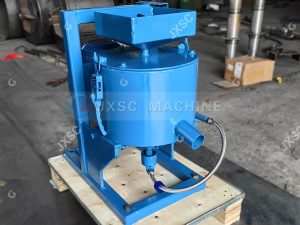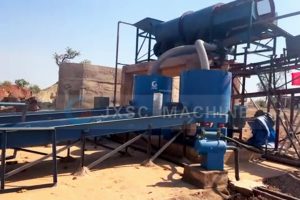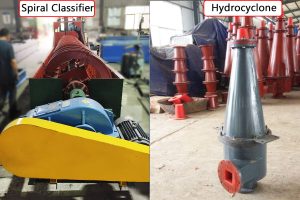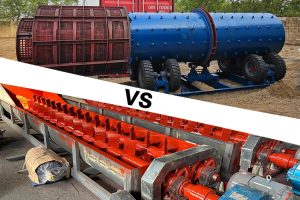10 Things To Consider When Choosing A Feeder
AThere are several types of feeders. Choosing the right one for your application should be based on the characteristics of the material to be handled and the required capacity.
Selecting a Feeder for a particular situation is not always simple, however, especially if more than one satisfactory solution appears possible.
Some of the criteria for choosing the proper Feeder includes:
1. Gradation and lump size
First, consider the gradation of the material the Feeder will handle. Be sure to include the largest lump size (even if it is less than 1% of the total gradation) as well as the smallest particle size in this analysis.
2. Feed rate
Next, determine the capacity of the Feeder, taking into account the design maximum, normal and minimum capacities. Determine if the feed rate is going to be fixed or variable.
3. Type of material and its characteristics
Consider the material the Feeder will process. When sizing a Feeder, it is important to know the following information about the material:
hardness
density
abrasiveness
shape
angle of repose
You’ll also want to consider if the material is free-flowing, sticky, wet or dry.
4. Temperature
Consider the material temperature and the ambient temperature range at the operation site.
5. Is scalping desired?
If the material is to be scalped by the Feeder, consider the desired size of the material and what percent is to pass the opening. Determine if there is one scalping size or multiple sizes.
6. Type of operating duty
Consider how many hours and days per week the Feeder will be operating.
7. Portable or stationary
Determine if the Feeder is going to be installed on a portable or stationary plant, and know if weight and size of the Feeder will be a factor.
8. Space available and site amenities
Consider the space that is available for the Feeder. If this is an underground mine, know if there is a limit to the size and weight that can be transported in the mine shaft or tunnel. Also consider how much space is available for maintenance.
Site amentities are another important aspect to consider when sizing a Feeder. Be sure to consider the type of power available at the site (line or generator), and if you prefer a hydraulic or electric drive. Also take into account the elevation and climate of the site.
9. Type of loading
Consider how the Feeder will be loaded (haul truck, wheel loader, conveyor, crusher, etc.), and know the size of this piece of equipment.
10. Downstream equipment type and size
Consider the type of equipment the Feeder is charging (truck, train, conveyor, crusher, screen or scalper). Also consider the type and size of crusher or downstream equipment the Feeder is planned to feed.
Types of Feeders
JXSC supply various types of mining feeding equipment include:
Apron Feeders
Belt Feeder
Reciprocating/Plate Feeders
Vibrating Grizzly Feeders
Products
More Posts
Send Us A Message
related solutions
- Placer Gold Process Plant
- Diamond Mining Process
- Silver Flotation Process
- Gold Flotation Process
- Gold CIL Processing Plant
- Gold CIP Processing Plant
- Dense Media Separation(DMS) Process
- Copper Processing Plant
- Lead Zinc Ore Processing
- Tungsten Ore Processing
- Magnetite Separation Plant
- Manganese Ore Processing
- Chrome Processing Plant
- Quartz Beneficiation Plant
- Phosphate Rock Processing
- Fluorite Ore Processing
- Tantalum Niobium Ore Processing
- Tin Ore Processing Plant
- Titanium Beneficiation Plant
- Graphite Ore Processing
- Hematite Separation Process
- Iron Ore Beneficiation Plant
- Kaolin Processing Plant
- Limonite Ore Dressing
- Lithium Processing Plant
- Magnetite Separation Plant
- Molybdenum Flotation Process
- Cobalt Ore Processing
- Nickel Ore Beneficiation
- Antimony Ore Processing
- Barite Ore Beneficiation
- Feldspar Processing Plant
- Coal Washing Process
- Beach Sand Beneficiation Plant
- Tailings Processing
- Chrome Wash Plant



